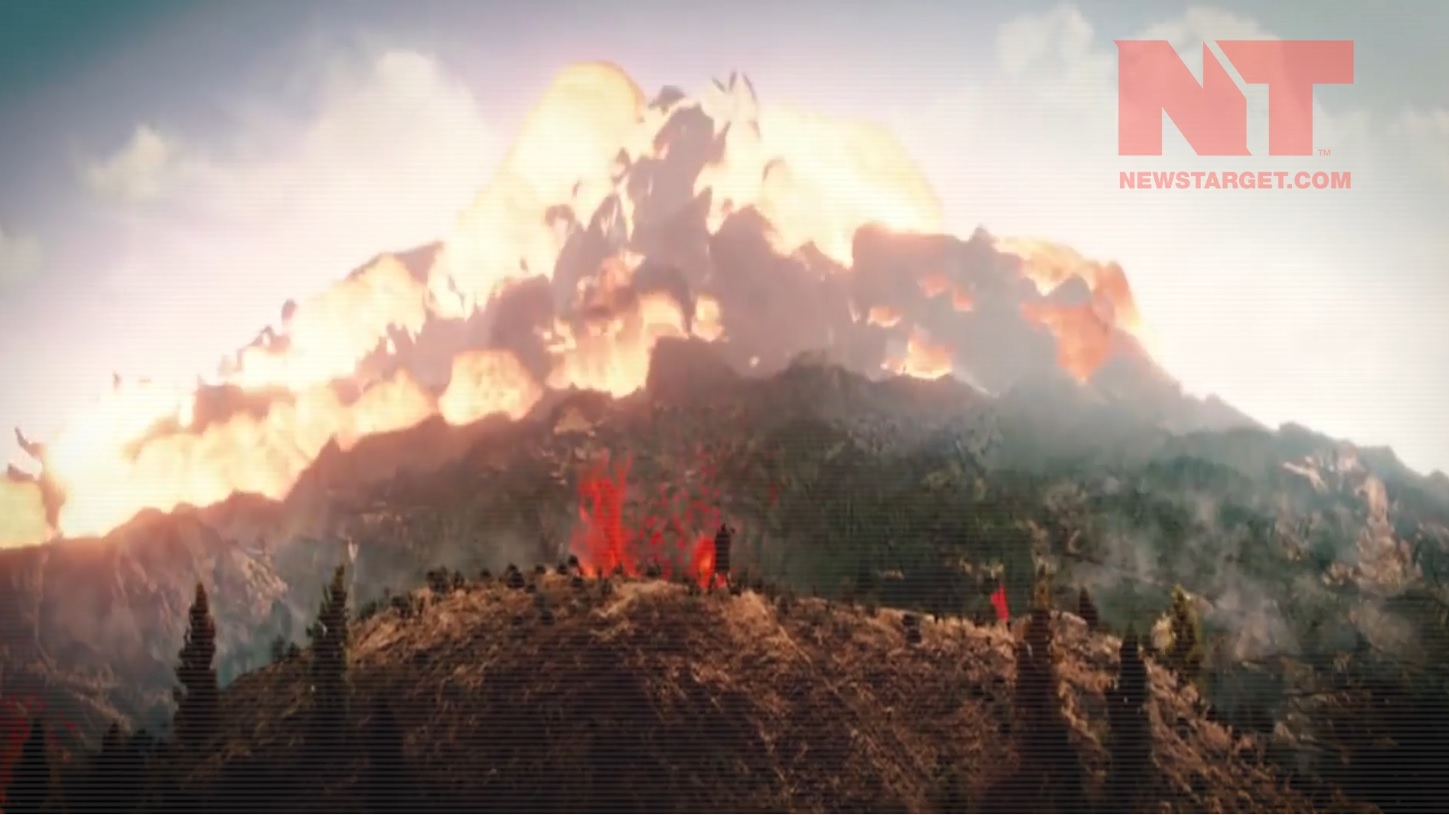Lava from active Hawaiian volcano threatens geothermal power plant
Wednesday, May 23, 2018 by: JD HeyesTags: active volcano, Collapse, disaster, emergency, environment, evacuation, geothermal power, geothermal power plant, Hawaii, hydrogen sulfide, Kilauea volcano, natural disaster, natural disasters, Pacific Ocean, poison gas, power grid, power plant, toxic gas

Earlier this month the Kilauea volcano on Hawaii’s Big Island erupted, spewing lava and hurtling ash 30,000 feet in the air. And while the initial eruption didn’t last long, the volcano continued to be active in the days that followed.
Now, the lava flow is threatening to overtake a geothermal electric plant, which has forced scrambling workers to shut it down before it is destroyed and releases deadly toxic gases.
As reported by the U.K.’s Daily Mail, the threat to the Puna Geothermal Venture (PGV) plant — which provides a quarter of all power to the Big Island — “is the latest danger from Most Kilauea’s eruption, which geologists say is among the worst events in a century from one of the world’s most active volcanoes.”
On Monday crews worked all night long to put a cap on the eleventh and final well at the plant. Gov. David Ing told reporters on Tuesday that at that time, the closest lava flow was about 100 yards from the plant and that officials were fearing the release of deadly hydrogen sulfate gas, should the flow reach the plant and destroy parts of it.
“It’s not easy to predict where it’s going to go, and when it’s going to get there,” said Tom Travis, of Hawaii Emergency Management, as reported by CBS News.
Prior to the arrival of lava, flammable liquids were taken out of the facility and wells filled with cold water. Some of the wells, however, weren’t filled until Tuesday, which was further cause for concern.
“There’s a steam release, many chemicals, but primarily hydrogen sulfate, a very deadly gas,” Travis told CBS News.
The power plant was closed on May 3 after the eruptions at Kilauea began. Reports said about 60,000 gallons of flammable pentane, which is used in the plant’s turbines, were relocated early on.
Hawaiian officials said a week ago that crews were pumping cold water into the plant’s wells and were plugging them with iron caps.
They added that two separate lava flows were threatening the plant. One crawled onto the site before it petered out on Monday, but another one reactivated according to local media. (Related: Japanese volcano erupts just over 30 miles away from vulnerable nuclear power plant built on the coast.)
If hydrogen sulfide is released then emergency crews said they would have to rush to evacuate residents.
There are already health risks. Some three miles to the plant’s east, along the coast, lava flowing into the sea is creating noxious acid-laced clouds, steam, and fine glass-like particles that then billow into the sky after crossing Highway 137, one of the eruption zone’s primary exit routes.
According to references, hydrogen sulfide is a colorless gas that is extremely poisonous. It can occur in many circumstances, including gas clouds from volcanoes.
In 1998, a geothermal power plant worker was killed by the gas after he entered an oil separator room to remove waste oil from a vacuum pump, collapsing suddenly and dying soon afterward.
But it’s not the only airborne toxin related to the volcano that has officials worried. Some are concerned about laze — a combination of lava and haze that forms when molten lava around 2,000 degrees F hits cool Pacific Ocean waters. It can be deadly if inhaled; two people were killed by inhaling laze when lava reached the ocean from an eruption in 2000.
“If one were to be near the laze, because of the various acids, it would be corrosive to the eyes, the nose and respiratory tract, and the skin,” said Dr. Alvin Bronstein from the Hawaii State Department of Health.
Read more about threats to infrastructure and other emergencies at Collapse.news, Bugout.news, and SHTF.news.
J.D. Heyes is editor of The National Sentinel and a senior writer for Natural News and News Target.
Sources include:
DailyMail.co.uk
NBCNews.com
NewsTarget.com

No comments:
Post a Comment